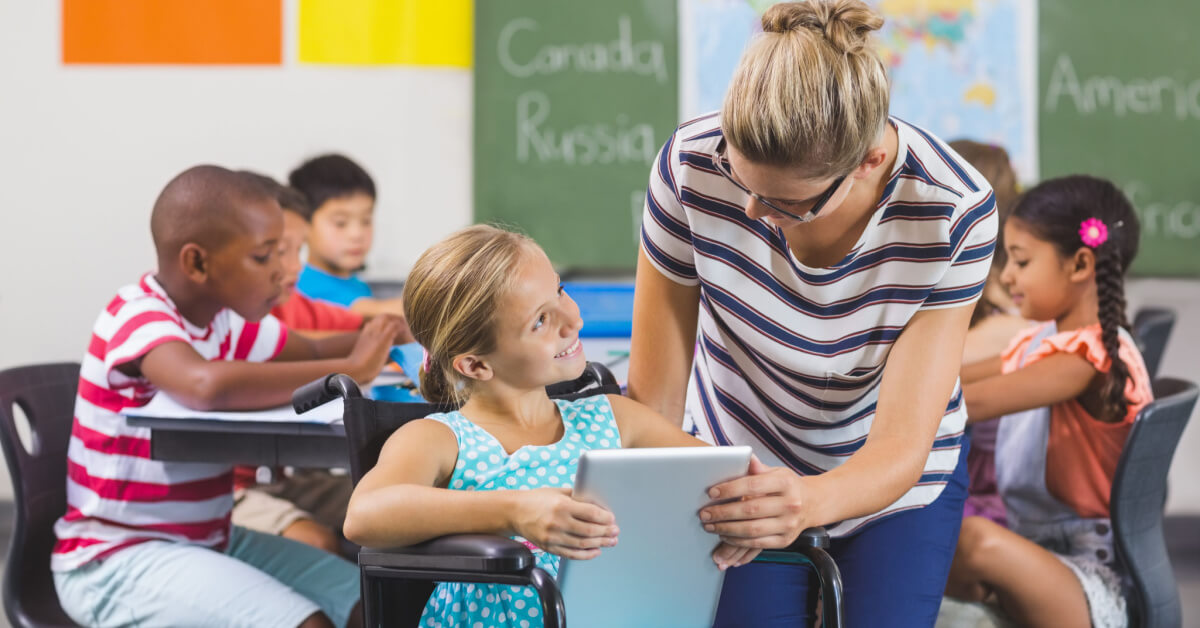October 31, 2022
The expectations gap is something that we all know exists within the realm of special education, yet very few call it out. Parents are weary from years of being told what their child cannot do, or is not capable of, by doctors, therapists, teachers, and other well-meaning professionals; and school districts are not incented to provide an education that is challenging or meaningful for students with disabilities. Instead, the language used in our culture is that of accommodation or modification.
When my daughter started school, with cerebral palsy, identified by the school district as OHI (Other Health Impairment) and Multiple Disabilities, there were goals for many life skills and physical skills, but none for her education. I was fine with this, as I believed her goals were the same as any other student’s, to get an education and go on to whatever college, school, or program she chose to pursue in life.
When she was in first grade, the focus of the meeting changed to looking at academic goals. I was fortunate she was in full inclusion, spending between 70 – 80% of her time in her class when she wasn’t getting pull-out services. I expressed…


